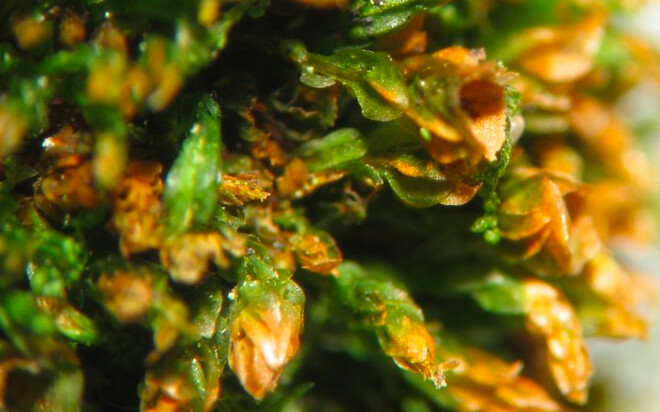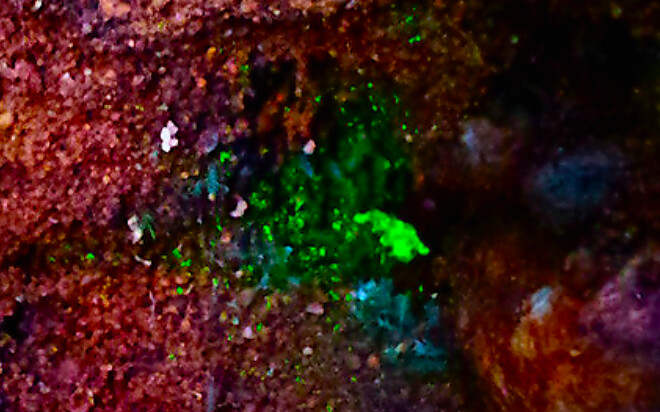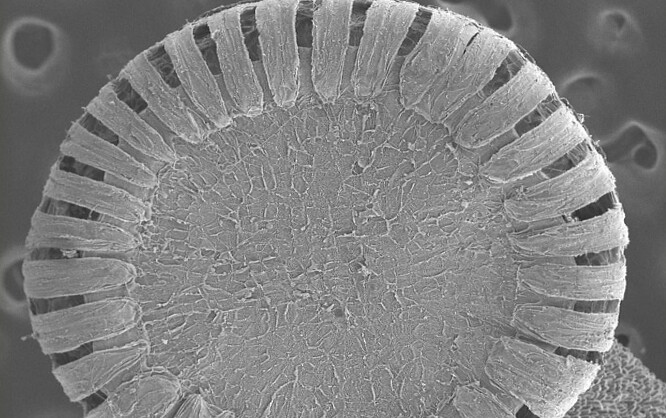Plantae

RED-BOG MOSS
Sphagnum capillifolium


4 POINTS
Fact: Commonly found growing in bogs and makes its environment acidic via a cation exchange mechanism.

FOUR-TOOTHED WONDER MOSS
Tetraphis pellucida


2 POINTS
Fact: Rapidly colonizes new sites via fragmentation and gemmae production. If dominant competitors around, it will reproduce sexually via sporophytes to find new sites with less competition

COMMON LIVERWORT
Marchantia polymorpha


2 POINTS
Fact: This liverwort reproduces sexually via antheridiophores and archegoniophores – which resemble an umbrella. It also reproduces asexually via gemmae found in gemma cups.

GOBLIN’S GOLD
Schistostega pennata


2 POINTS
Fact: This moss is commonly found growing in Pacific Spirit Park under overturned trees. Its unique protonema luminesces yellow-green, giving it its common name.

CONTORTED HAIRY CAP MOSS
Pogonatum contortum


2 POINTS
Image Description: Scanning Electron Microscopy (SEM) image of the sporangium which has a pepper shaker mechanism for spore dispersal.

FOUR-TOOTHED WONDER MOSS
Tetraphis pellucida


2 POINTS
Image Description: Scanning electron microscopy (SEM) image of the sporangium, which has four teeth structures for dispersing spores.